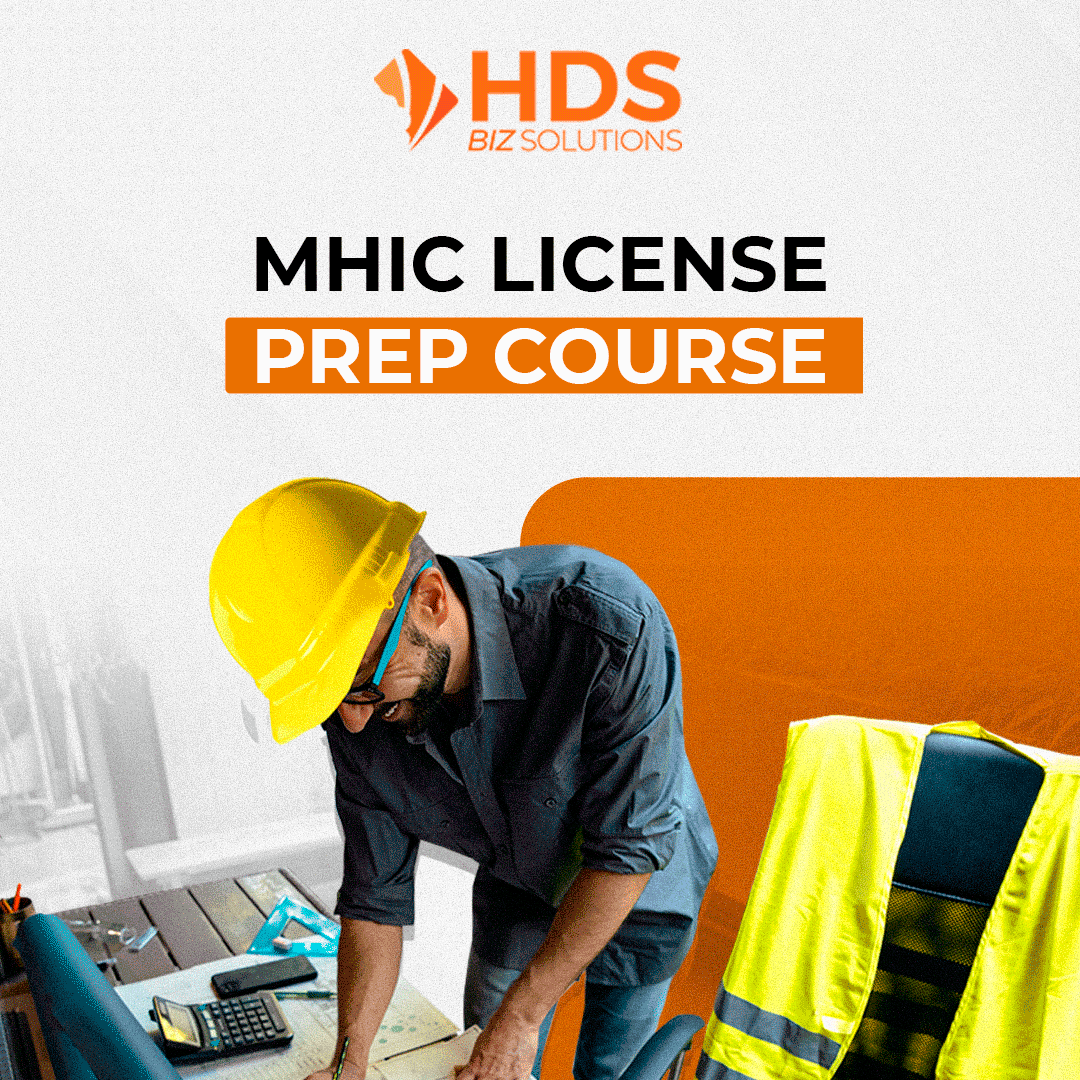Program Purpose
The Outreach Training Program is a voluntary program. Its purpose is to promote workplace safety and health and to make workers more knowledgeable about workplace hazards and their rights. Outreach training does not fulfill the training requirements found in OSHA standards. Employers are responsible for providing additional training for their workers on specific hazards of their job as noted in many OSHA standards. A list of standards requiring training may be found in OSHA Publication 2254, Training Requirements in OSHA Standards and Training Guidelines [PDF].
Program Benefits
- Promotes safety culture through peer training
- Training is intended to be participatory, using hands-on activities
- Trainers are able to tailor the training topics based on specific needs of their audience
- Outreach training content includes hazard recognition and avoidance, workers' rights, employer responsibilities, and how to file a complaint; it emphasizes the value of safety and health to workers, including young workers
- Outreach training is available in languages other than English (Spanish, Polish, etc.)
Training Topics
Types of Topics. OSHA Outreach Training Program courses consist of mandatory, elective, and optional topics. These topics are outlined in the specific industry Procedures documents.
a) Mandatory topics are required and must be conducted for the minimum amount of time indicated. These topics are determined by OSHA.
b) Elective topics must be chosen by the OSHA Outreach Training Program authorized trainer from the list provided in the specific industry procedures. Usually the choices are based on industry, locality, or audience needs. OSHA requires a minimum number of elective topics to be delivered, and a minimum amount of time that must be devoted to these topics. The list of acceptable elective topics is determined by OSHA.
c) Optional topics are intended to supplement the mandatory and elective topics. These topics are intended to provide an OSHA Outreach Training Program authorized trainer with increased flexibility to fulfill OSHA Outreach Training Program training time requirements. Additional time in mandatory or elective topics is necessary if 11 optional topics are not covered. Optional topics are determined by the authorized trainer, and must clearly relate to occupational safety and health.
Program Growth
The OSHA Outreach Training Program was initiated in 1971, and has grown significantly in recent years. The train-the-trainer format expands the reach of the program to increase training availability. Between FY 2012 and FY 2016, more than 3.94 million workers were trained in job hazard recognition and avoidance through the program.
Designed For Workers
The OSHA Outreach Training Program provides training on the recognition, avoidance, abatement, and prevention of workplace hazards. Outreach classes also provide overview information regarding OSHA, including workers’ rights, employer responsibilities, and how to file a complaint.
10-hour Programs
The 10-hour training program is primarily intended for entry level workers. All outreach training is intended to cover an overview of the hazards a worker may encounter on a job site. Training emphasizes hazard identification, avoidance, control and prevention, not OSHA standards.
Mandatory Topics:
1. Introduction to OSHA
Lession Objetives
Terminal Objective: Given OSHA historical events and current information, the student will be able to explain the importance of OSHA in providing a safe and healthful workplace to workers covered by OSHA.
Enabling Objectives:
- Explain why OSHA is important to workers
- Explain worker rights under OSHA
- Discuss the use of OSHA standards
- Explain how OSHA inspections are conducted
2. Construction Focus Four:
a. Fall Hazards Lesson Objectives Terminal Objective: Given current OSHA and industry information regarding construction worksite illnesses, injuries and/or fatalities, the student will be able to recognize fall hazards in construction.
Enabling Objectives:
§ Identify major fall hazards
§ Describe types of fall hazards
§ Protect him/herself from fall hazards
§ Recognize employer requirements to protect workers from fall hazards
b. Caught-In or -Between Hazards Lesson Objectives Terminal Objective: Given current OSHA and industry information regarding construction worksite illnesses, injuries and/or fatalities, the student will be able to recognize Caught-in or -between hazards in construction.
Enabling Objectives:
§ Identify common caught-in or -between hazards
§ Describe types of caught-in or -between hazards § Protect themselves from caught-in or -between hazards
§ Recognize employer requirements to protect workers from caught-in or -between hazards
c.Struck-By Hazards Lesson Objectives Terminal Objective: Given current OSHA and industry information regarding construction worksite illnesses, injuries and/or fatalities, the student will be able to recognize struck-by hazards in construction.
Enabling Objectives:
§ Identify common struck-by hazards
§ Describe types of struck-by hazards
§ Protect themselves from struck-by hazards
§ Recognize employer requirements to protect workers from struck-by hazards
d.Electrocution Hazards Lesson Objectives Terminal Objective: Given current OSHA and industry information regarding construction worksite illnesses, injuries and/or fatalities, the student will be able to recognize electrocution hazards in construction.
Enabling Objectives:
§ Identify major electrocution hazards
§ Describe types of electrocution hazards
§ Protect him/herself from electrocution hazards
§ Recognize employer requirements to protect workers from electrocution hazards
Elective Topics:
Will be chosen from an approved list from OSHA according particular requirements on groups.












